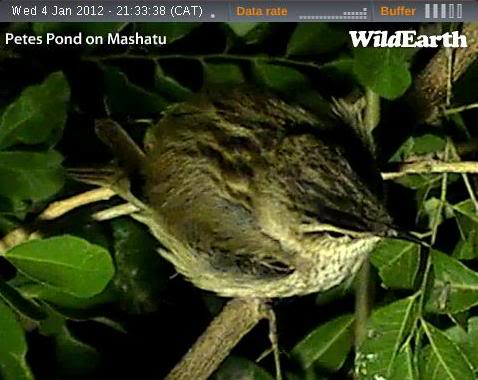Willow Warbler
Posted: Sun Mar 16, 2014 10:34 am
643. Willow Warbler Phylloscopus trochilus (Hofsanger)
Order: Passeriformes. Family: Phylloscopidae
Description
Size 11cm. The only migrant 'leaf-warbler' to visit southern Africa. Most individuals are either olive above and srticed yellow below or brown above and white below, but intermediates do occur. The bill is thin and weak in comparison with that of Icterine Warbler. The distinct yellow on the underparts is restricted to the throat and breast, with the belly mainly dull white. It has a distinct yellow supercilium to behind eye. The carpal joint of the wing shows a prominent yellow frings (as in Icternie Warbler). The tail is scalloped with slight notch. The bill is markedly shorter than that of Icterine Warbler and the legs are brownish pinkish, rather than bluish grey, yellow feet.
Juvenile has underparts uniform yellow, the eyebrow stripe and face are much brighter yellow than those of adult.
Distribution
Its breeding grounds stretch across northern Eurasia, from Ireland east and north to the Russian Federation and Ukraine. In the non-breeding season it heads south to sub-Saharan Africa, where it is common and widespread across almost the entire continent, including southern Africa. This Palearctic migrant occurs in the non-breeding season throughout most of the equatorial and southern tropics in Africa. In southern Africa the Willow Warbler is one of the most common Palearctic passerines. It can be found anywhere in the region.
Subspecies
Three subspecies are accepted and occur alongside each other, with a partly clinal reduction in green and yellow plumage tones from west to east, with central birds browner and easternmost birds predominantly greyish:
Phylloscopus trochilus trochilus. Breeds Europe (from the Pyrenees and Alps northward) except northern Scandinavia, winters west Africa.
Phylloscopus trochilus acredula is usually considered the commonest. Breeds northern Scandinavia east to western Siberia, winters central Africa.
Phylloscopus trochilus yakutensis which is by far the least common, breeds eastern Siberia and migrates between southern Africa and far eastern Asia, the longest migratory journey for a passerine, winters eastern and southern Africa.
Habitat
Wide range of broad-leaved woodland and dry thornveld habitats.
Movements and migrations
It first gets to northern southern Africa in late September, arriving progressively later further south in the region, with South African arrivals peaking around December. It departs throughout the region around March-April, with a few birds staying until May.
All populations are highly migratory, with the subspecies P. t. yakutensis migrating up to 12,000 km from eastern Siberia to southern Africa along the Asian - East African Flyway, one of the longest migrations of any for a bird of its size. Approximate timings are:
October to March: wintering in sub Saharan Africa.
Mid March to mid May: migrates and arrives in the breeding range.
Late April to August: breeding season, usually only one brood but rarely two.
August to October: migrates back to Africa.
Diet
Small insects. It mainly forages in the canopy of trees and shrubs, gleaning prey from leaves and branches and occasionally plucking an insects from the ground.
Breeding
The male arrives at the breeding ground first and establishes up to two territories, which it defends aggressively against intruders. Pair formation is initiated by the female on entering the male’s territory. During courtship, the male willow warbler approaches the female and lands close by, twittering softly and adopting a horizontal posture with its head held forward and the wings drooped. The male then chases the female, fanning its tail and shivering its wings.
The dome-shaped nest is built mostly by the female willow warbler, although the male may assist with collecting nest material. It is generally constructed from dry grass, leaves, stems, moss, lichen, twigs and bark woven together, and is lined with animal hair and feathers. The nest is usually placed on the ground, well concealed among grass or at the base of shrubs or trees. On rare occasions the willow warbler may place the nest up to five metres from the ground, in a tree, crevice or creeper. The female lays a clutch of 4 to 8 eggs, which are incubated, mostly by the female, for between 10 and 16 days. The young willow warblers remain in the nest and are fed mainly by the female for around 11 to 15 days following hatching. The chicks become independent from the adults around two weeks after leaving the nest.
Call
A soft hoeet hoeet and a short, melodious song, descending in scale. Listen to Bird Call.
Status
Common summer visitor. The Willow Warbler is classified as Least Concern (LC) on the IUCN Red List.
Order: Passeriformes. Family: Phylloscopidae
Description
Size 11cm. The only migrant 'leaf-warbler' to visit southern Africa. Most individuals are either olive above and srticed yellow below or brown above and white below, but intermediates do occur. The bill is thin and weak in comparison with that of Icterine Warbler. The distinct yellow on the underparts is restricted to the throat and breast, with the belly mainly dull white. It has a distinct yellow supercilium to behind eye. The carpal joint of the wing shows a prominent yellow frings (as in Icternie Warbler). The tail is scalloped with slight notch. The bill is markedly shorter than that of Icterine Warbler and the legs are brownish pinkish, rather than bluish grey, yellow feet.
Juvenile has underparts uniform yellow, the eyebrow stripe and face are much brighter yellow than those of adult.
Distribution
Its breeding grounds stretch across northern Eurasia, from Ireland east and north to the Russian Federation and Ukraine. In the non-breeding season it heads south to sub-Saharan Africa, where it is common and widespread across almost the entire continent, including southern Africa. This Palearctic migrant occurs in the non-breeding season throughout most of the equatorial and southern tropics in Africa. In southern Africa the Willow Warbler is one of the most common Palearctic passerines. It can be found anywhere in the region.
Subspecies
Three subspecies are accepted and occur alongside each other, with a partly clinal reduction in green and yellow plumage tones from west to east, with central birds browner and easternmost birds predominantly greyish:
Phylloscopus trochilus trochilus. Breeds Europe (from the Pyrenees and Alps northward) except northern Scandinavia, winters west Africa.
Phylloscopus trochilus acredula is usually considered the commonest. Breeds northern Scandinavia east to western Siberia, winters central Africa.
Phylloscopus trochilus yakutensis which is by far the least common, breeds eastern Siberia and migrates between southern Africa and far eastern Asia, the longest migratory journey for a passerine, winters eastern and southern Africa.
Habitat
Wide range of broad-leaved woodland and dry thornveld habitats.
Movements and migrations
It first gets to northern southern Africa in late September, arriving progressively later further south in the region, with South African arrivals peaking around December. It departs throughout the region around March-April, with a few birds staying until May.
All populations are highly migratory, with the subspecies P. t. yakutensis migrating up to 12,000 km from eastern Siberia to southern Africa along the Asian - East African Flyway, one of the longest migrations of any for a bird of its size. Approximate timings are:
October to March: wintering in sub Saharan Africa.
Mid March to mid May: migrates and arrives in the breeding range.
Late April to August: breeding season, usually only one brood but rarely two.
August to October: migrates back to Africa.
Diet
Small insects. It mainly forages in the canopy of trees and shrubs, gleaning prey from leaves and branches and occasionally plucking an insects from the ground.
Breeding
The male arrives at the breeding ground first and establishes up to two territories, which it defends aggressively against intruders. Pair formation is initiated by the female on entering the male’s territory. During courtship, the male willow warbler approaches the female and lands close by, twittering softly and adopting a horizontal posture with its head held forward and the wings drooped. The male then chases the female, fanning its tail and shivering its wings.
The dome-shaped nest is built mostly by the female willow warbler, although the male may assist with collecting nest material. It is generally constructed from dry grass, leaves, stems, moss, lichen, twigs and bark woven together, and is lined with animal hair and feathers. The nest is usually placed on the ground, well concealed among grass or at the base of shrubs or trees. On rare occasions the willow warbler may place the nest up to five metres from the ground, in a tree, crevice or creeper. The female lays a clutch of 4 to 8 eggs, which are incubated, mostly by the female, for between 10 and 16 days. The young willow warblers remain in the nest and are fed mainly by the female for around 11 to 15 days following hatching. The chicks become independent from the adults around two weeks after leaving the nest.
Call
A soft hoeet hoeet and a short, melodious song, descending in scale. Listen to Bird Call.
Status
Common summer visitor. The Willow Warbler is classified as Least Concern (LC) on the IUCN Red List.
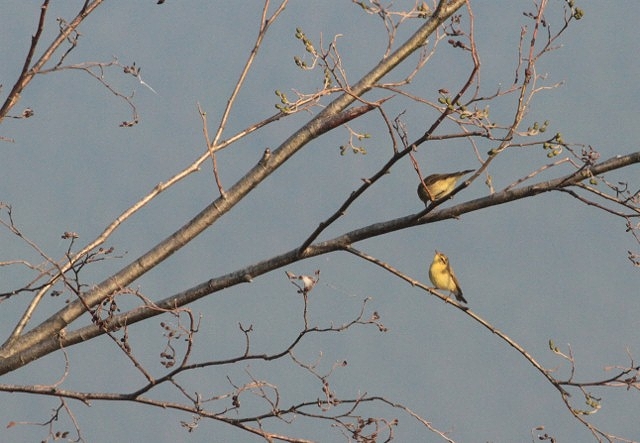 © nan
© nan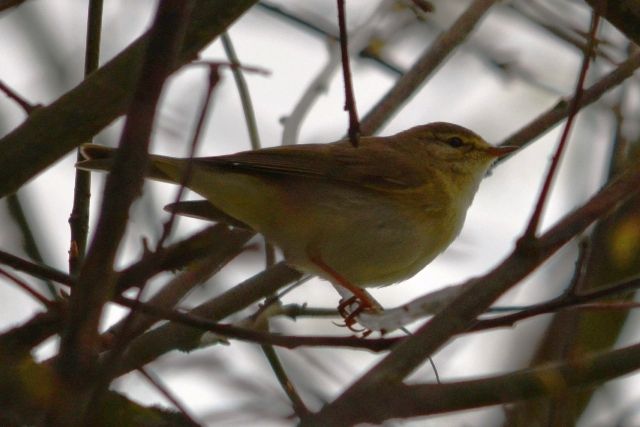 © Mel
© Mel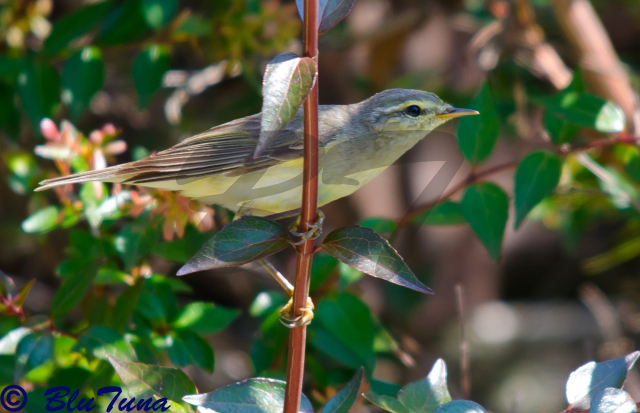 © BluTuna
© BluTuna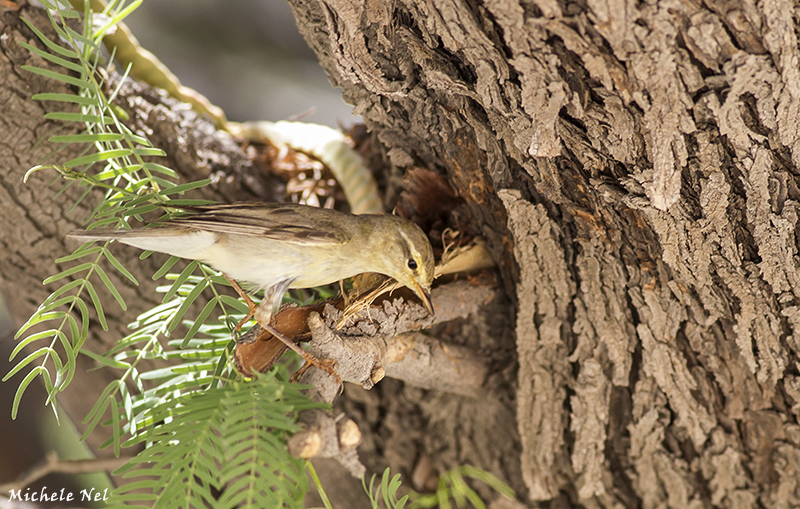 © Michele Nel
© Michele Nel
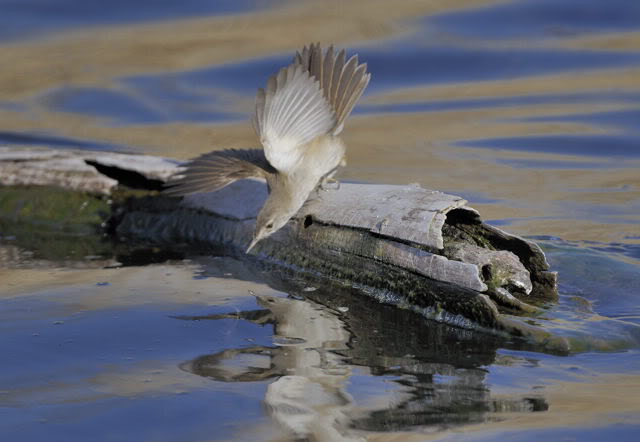 © Dewi
© Dewi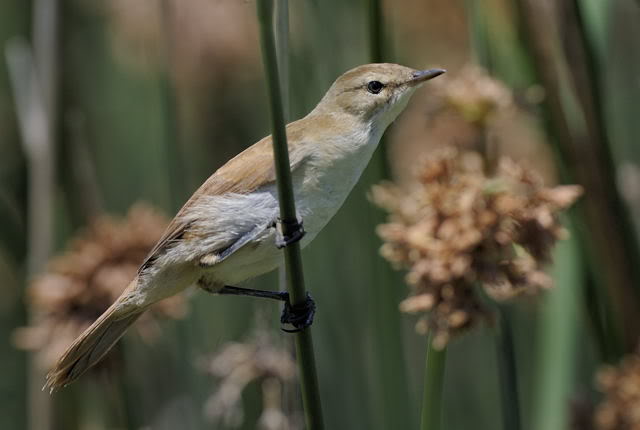 © Dewi
© Dewi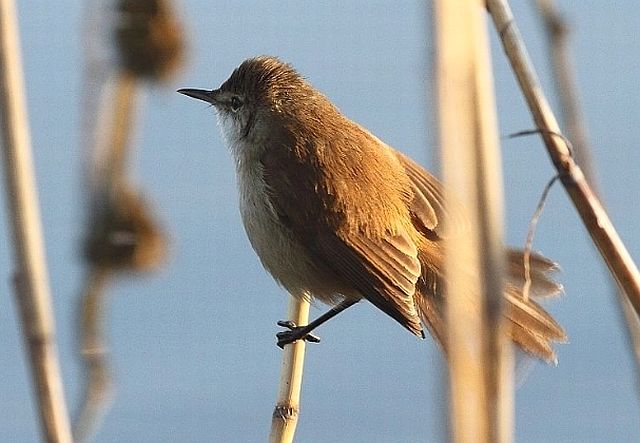 © Sharifa
© Sharifa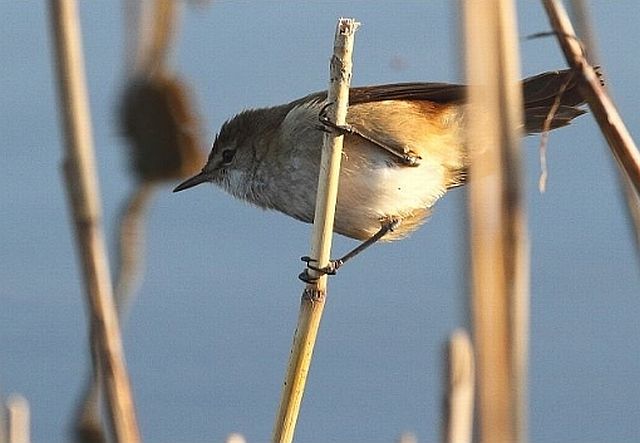 © Sharifa
© Sharifa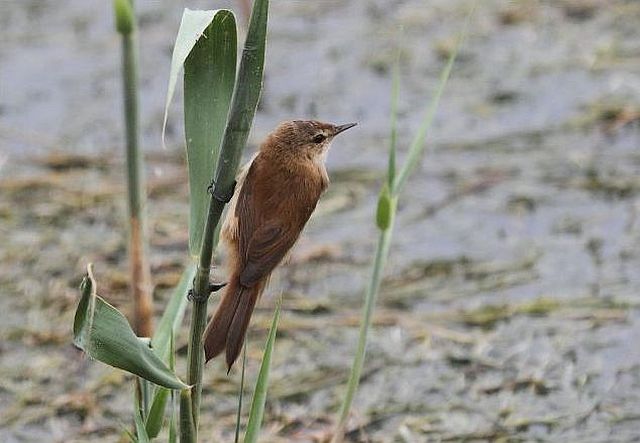 © Sharifa
© Sharifa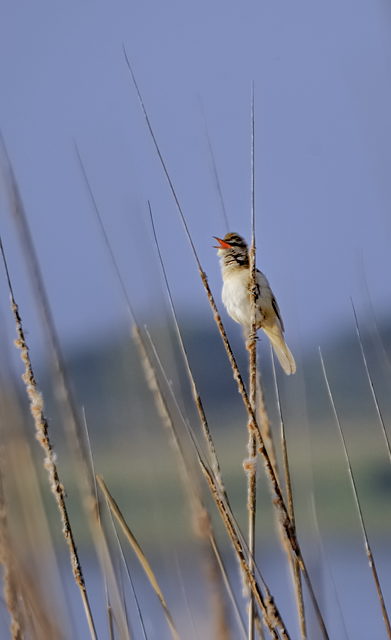
 © Dewi
© Dewi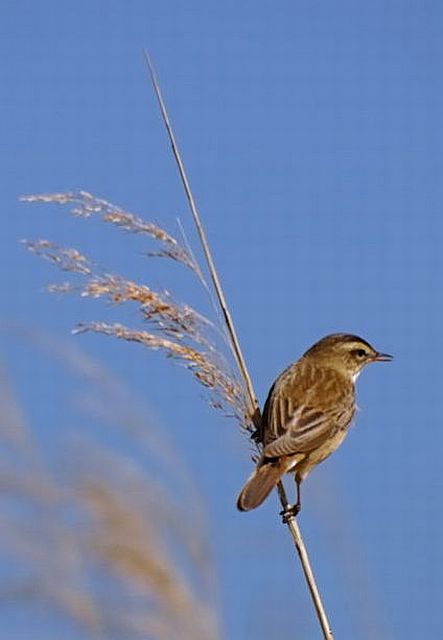 © Dewi
© Dewi